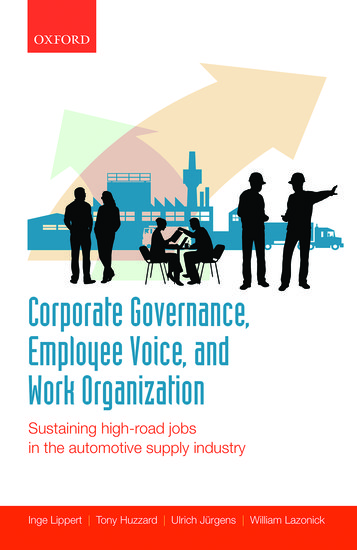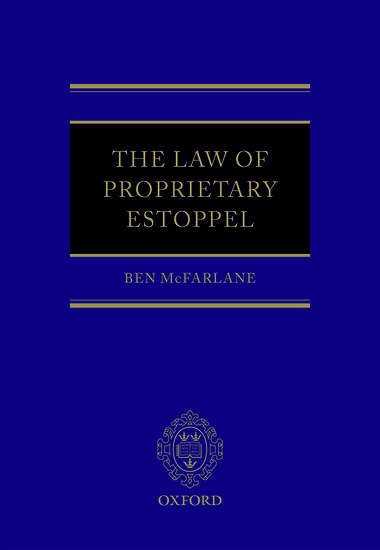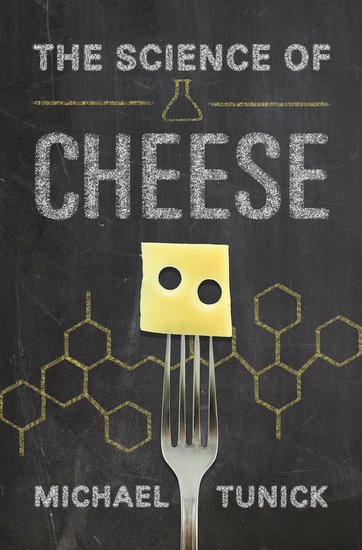Monthly etymology gleanings for April 2014
Anatoly Liberman’s etymological thoughts and correspondences for April; regarding ‘old languages and complexity’, the origins of the word ‘brothel’, why ‘selfie’ is not such a new term after all, ‘to whom it may concern’, unintentional wolf puns, and the amusing revenges of time.








